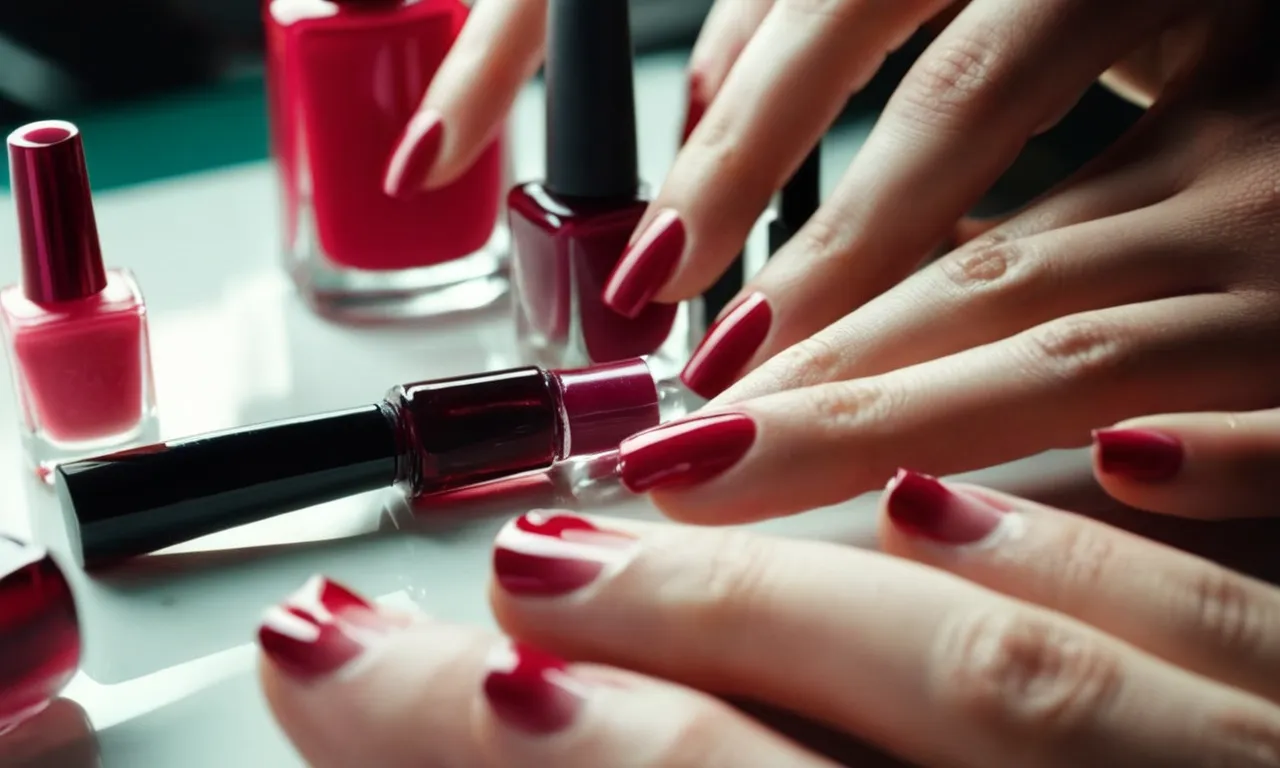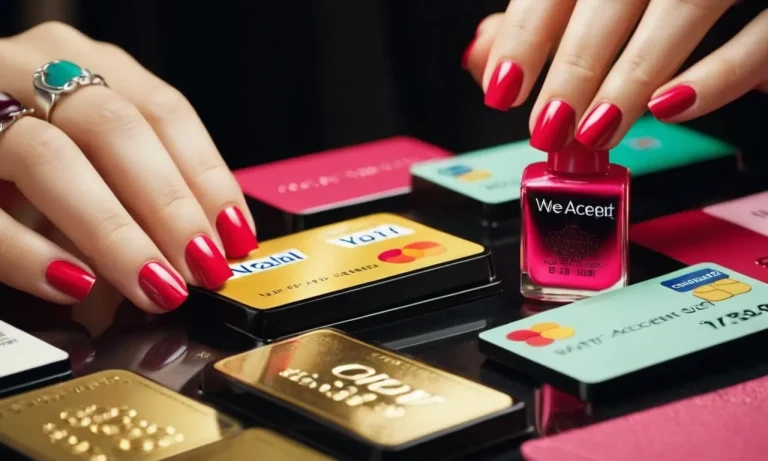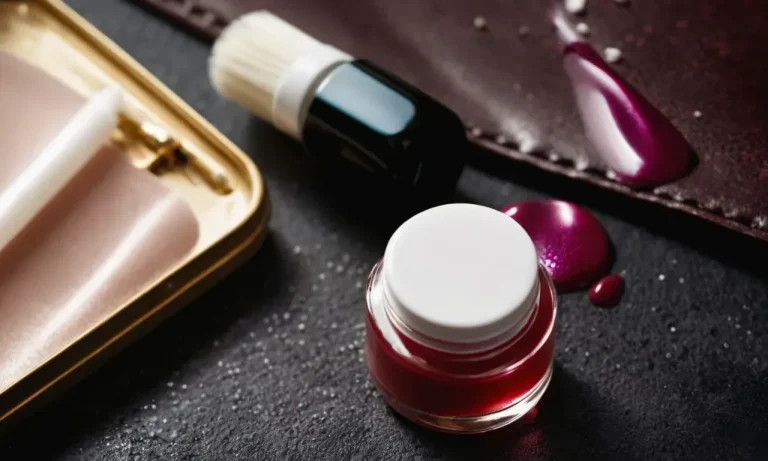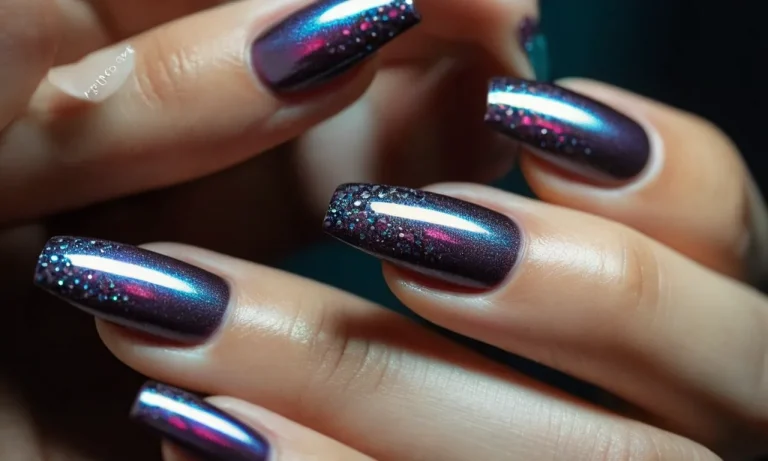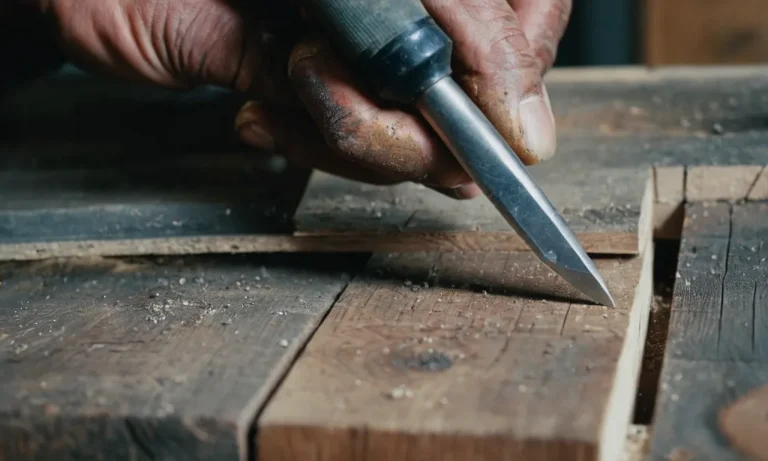Can You Sue A Nail Salon For Giving You An Infection?
Getting a manicure or pedicure at your local nail salon is supposed to be a relaxing and pampering experience. However, if you end up with a nasty infection afterwards, you may be wondering if you can take legal action against the salon.
If you’re short on time, here’s a quick answer to your question: You may be able to sue a nail salon for negligence if you can prove they caused your infection through unsanitary practices or tools. But proving negligence and that the infection came from the salon can be challenging.
Proving Negligence
To sue a nail salon for negligence leading to infection, you must prove four key elements: duty of care, breach of duty, causation, and damages. This involves showing that the salon owed you a duty of care which they failed to provide, resulting in your infection and related losses.
Showing a Duty of Care
Nail salons have a legal duty to adhere to safety, sanitization, and disinfection standards that aim to prevent infection transmission between clients. This duty of reasonable care is owed to all patrons. According to most state cosmetology boards and oversight agencies, duties include:
- Properly cleaning and disinfecting all non-porous tools and surfaces between clients
- Using disposable supplies when possible or disinfecting porous items like nail files
- Wearing gloves during procedures and washing hands
- Providing a clean environment and neatly storing supplies
By showing that a salon owed you these duties as a customer, you demonstrate that they had an obligation to protect you from preventable infections.
Proving a Breach of Duty
You must then illustrate how the salon failed to uphold these duties, deviating from the reasonable standard of care. This breach enables transmission of contagions like bacterial, viral, or fungal infections.
Evidence may include:
- Eyewitness accounts of unclean tools, surfaces, or environment
- Lack of protective gloves while handling skin or cuticles
- Reusing porous nail files between clients without disinfecting
- Unsafe non-sterile practices for foot baths or basins
Documenting these breaches often requires gathering accounts from yourself, other clients, and potentially former salon staff. Photos, videos, and regulatory reports also build a stronger case.
Linking the Breach to Your Infection
With evidence displaying both duty and breach, you must scientifically demonstrate a causal link between the salon’s negligent actions and your resulting infection. Key connections to highlight include:
- Incubation timeline – Showing onset of symptoms matches timeframe of infection manifestation post-service.
- Diagnostic testing – Pathology analyses indicating microbial strain and genetic profiling to pinpoint origin.
- Physician opinions – Doctor testimony ascribing infection acquisition to salon maltreatment.
BUILDING CAUSATION: Statistical data from the CDC demonstrates that 1.9-2 million nail salon customers suffer fungal or bacterial infections annually in the United States (about 11.4% of patrons). Top violations reported include false product claims of “sanitizing” solutions and reuse of non-disinfected instruments harboring germs between clients.
| Salon Infection Risk Factors | Likelihood Increase |
| Reused porous nail file | +89% |
| Unclean foot basins | +77% |
| No glove use by technician | +63% |
Given incidence data and connection to a cited risk factor, you can persuasively argue that failure to adhere safety precautions directly caused your infection.
In rare cases, genetic testing of the microbial strain helps match its origins to surfaces or tools used during one’s pedicure or manicure. However, most plaintiffs demonstrate causation through logical arguments backed by scientific literature on transmission.
Documenting Your Infection
If you believe you’ve developed an infection after visiting a nail salon, it’s important to properly document the incident. Here are some tips for gathering evidence:
Take Photos
Use your phone to take clear, close-up photos of the infected area. Be sure to photograph it from multiple angles and in good lighting. Date and time stamp the photos if possible. This visual evidence can help support your claim that the infection occurred after your salon visit.
Get a Medical Diagnosis
Make an appointment with your doctor right away to have the infection evaluated. Explain that you think it may have come from a recent nail service. Ask your doctor to document the diagnosis and any prescribed treatment in your medical records. Obtain copies of these records for your personal files.
Gather Receipts and Appointment Records
Dig up any receipts, appointment confirmations, or check-in records you have from your visit to the nail salon. Having documentation with the salon’s name, the date/time of your service, and the details of what was done will be crucial to connecting your infection to the salon visit.
Write Down Details
While the incident is still fresh, write down any details you recall about the cleanliness of the salon, any pain/discomfort during your service, and conversations with staff. Date these notes and add them to your file. Vivid recollections captured soon after the incident could strengthen your case.
Consult with an Attorney
Schedule a consultation with a personal injury or consumer protection attorney. They can review your evidence and advise if you have a reasonable basis for pursuing legal action against the nail salon.
An attorney can also lead the process of contacting the salon with a demand letter or filing a lawsuit on your behalf if warranted.
By promptly photographing the infection, obtaining a medical diagnosis, gathering salon records, documenting details, and consulting a lawyer, you’ll be on solid ground to potentially recover damages if the salon is found liable for your resulting infection.
Types of Infections
Fungal Infections
Fungal infections are one of the most common types of infections that can occur after visiting a nail salon. They happen when fungi, like mold or yeast, get into the nail bed and start growing. This can happen if tools are not properly cleaned between clients or if the foot baths contain standing water that allows fungi to thrive.
Some common fungal infections include:
- Onychomycosis – a fungal infection of the nail that causes thickening, discoloration, and separation of the nail from the nail bed.
- Paronychia – an infection of the skin around the nails that can lead to redness, swelling, and pus.
- Tinea pedis – more commonly known as athlete’s foot, this fungal infection thrives in warm, moist environments like pools and showers.
Fungal infections can be tricky to treat and often require oral or topical antifungal medications prescribed by a doctor to fully clear up. Practicing good hygiene and foot care between pedicures is crucial to prevent fungal overgrowth.
Bacterial Infections
Bacterial infections are another common problem that can happen after visiting nail salons. They occur when bacteria manage to enter through small cuts or cracks in the skin and start multiplying. Improperly sanitized tools and foot baths provide an ideal environment for bacteria to thrive.
Some bacterial infections that can occur include:
- Paronychia – An infection of the skin around the nails, as mentioned above. While fungi cause many cases, bacteria like staphylococcus are common culprits too.
- Cellulitis – A potentially serious skin infection that causes redness, swelling, and pain in the infected area. It requires prompt medical treatment with antibiotics.
- MRSA – Methicillin-resistant Staphylococcus aureus is a type of staph bacteria that is resistant to many common antibiotics, making it challenging to treat.
Preventing small cuts and thoroughly disinfecting tools are key to preventing bacterial infections. Seeking medical treatment quickly if any signs of infection arise is also crucial.
Viral Infections
Viral infections are less common than fungal and bacterial infections from nail salons but can still occur in some cases. Viruses need to enter the body through contact with contaminated surfaces, tools, or hands. Some examples include:
- Warts – Caused by human papillomavirus (HPV), warts can spread through surfaces in salons if proper disinfection is not carried out.
- Herpes – Herpes simplex virus can be spread through skin-to-skin contact and enter through even tiny hangnails or cracks around the nails.
- Molluscum contagiosum – This pox virus spreads through close contact and can infect the skin around the nails, causing bumps.
Viruses can be tricky to treat and good prevention is key. See a dermatologist for stubborn viral infections. Frequent hand washing and avoiding salons with unsafe practices are good protective habits.
Seeking Compensation
Medical Bills
If you have contracted an infection or injury from a nail salon service, you have the right to seek compensation for your medical expenses. This includes doctor visits, hospital bills, prescriptions, and any other costs associated with treating the infection or injury.
Be sure to keep records of all medical appointments, procedures, and expenses related to the incident. The more documentation you have, the better your chance of recouping these costs.
Some key tips: Get tested to confirm the source of infection and keep the lab results. Save all receipts and medical bills. Obtain a letter from your doctor stating your diagnosis and that it was likely caused by the nail salon service.
This links your injury directly to the incident and strengthens your claim.
Pain and Suffering
In addition to medical costs, you may be entitled to compensation for physical pain and emotional suffering related to the nail salon injury. This includes compensation for any pain, discomfort, distress, inconvenience, or mental anguish you experienced as a result.
To successfully claim these damages, you must prove the extent of your suffering. Keep a detailed record describing your symptoms, how they impacted your daily life, and their duration. Useful evidence includes photos of any visible injuries, testimony from friends and family about your condition, and logs documenting time missed from work.
The more proof you have that you endured real suffering, the more compensation you are likely to receive.
Punitive Damages
If the nail salon acted in a grossly negligent or reckless manner, you may receive punitive damages on top of compensatory damages. The purpose of punitive damages is to punish the business for egregious conduct and deter similar wrongdoing in the future.
You typically have a strong case for punitive damages if the nail salon violated safety codes, used unsanitary practices despite past infections, or failed to properly train staff. Useful evidence would include health code violations, evidence of past lawsuits or complaints against the business, and testimony from former employees regarding unsafe practices.
Punitive damages can greatly increase your compensation, but you must prove the nail salon’s actions were more than just negligent. An experienced personal injury lawyer can help build a compelling case for receiving punitive damages.
How to File a Lawsuit
Send a Demand Letter
Before filing a lawsuit, it’s wise to send the nail salon a demand letter detailing your complaint and requested compensation. Give them a reasonable timeframe (e.g. 30 days) to respond before taking legal action. Your letter should be professional and stick to the facts.
File in Small Claims or Civil Court
If the salon doesn’t satisfy your demand, you can file a lawsuit in small claims court if the amount is under your state’s limit (usually $5,000-$10,000). For larger amounts, file in civil court. The court clerk can provide the necessary forms and instructions.
You’ll need to accurately describe what happened and prove your injuries and damages.
Discovery Process
During discovery, you and the nail salon can request relevant information and evidence from each other. For example, you can request their sanitation records, and they can request your medical records. Depositions may also be taken where parties are questioned under oath.
The salon may also request an independent medical exam. This pre-trial information exchange helps both sides understand the merits of the case.
Settlement or Trial
The majority of civil lawsuits end in a settlement agreement before trial. This mutually agreed upon resolution saves time and expenses. If no settlement is reached, the case proceeds to a trial where a judge or jury will decide if the salon is liable for your damages.
If they rule in your favor, they will determine an appropriate award amount. Awards often cover medical bills, lost wages, and pain and suffering damages.
Lawsuits require extensive time and documentation. Consulting a personal injury attorney can help navigate the complex legal process and build a strong case to recover compensation for your injuries and losses.
With persistence and valid evidence of negligence, you can hold a negligent nail salon accountable.
Conclusion
Suing a nail salon for causing an infection can be a difficult process. But if you have strong evidence of unsanitary practices leading to illness, you may have a valid negligence case. Be sure to document your infection thoroughly and consult a personal injury lawyer to strengthen your claim.
With persistence and a good case, you may be able to recover compensation for your losses.

